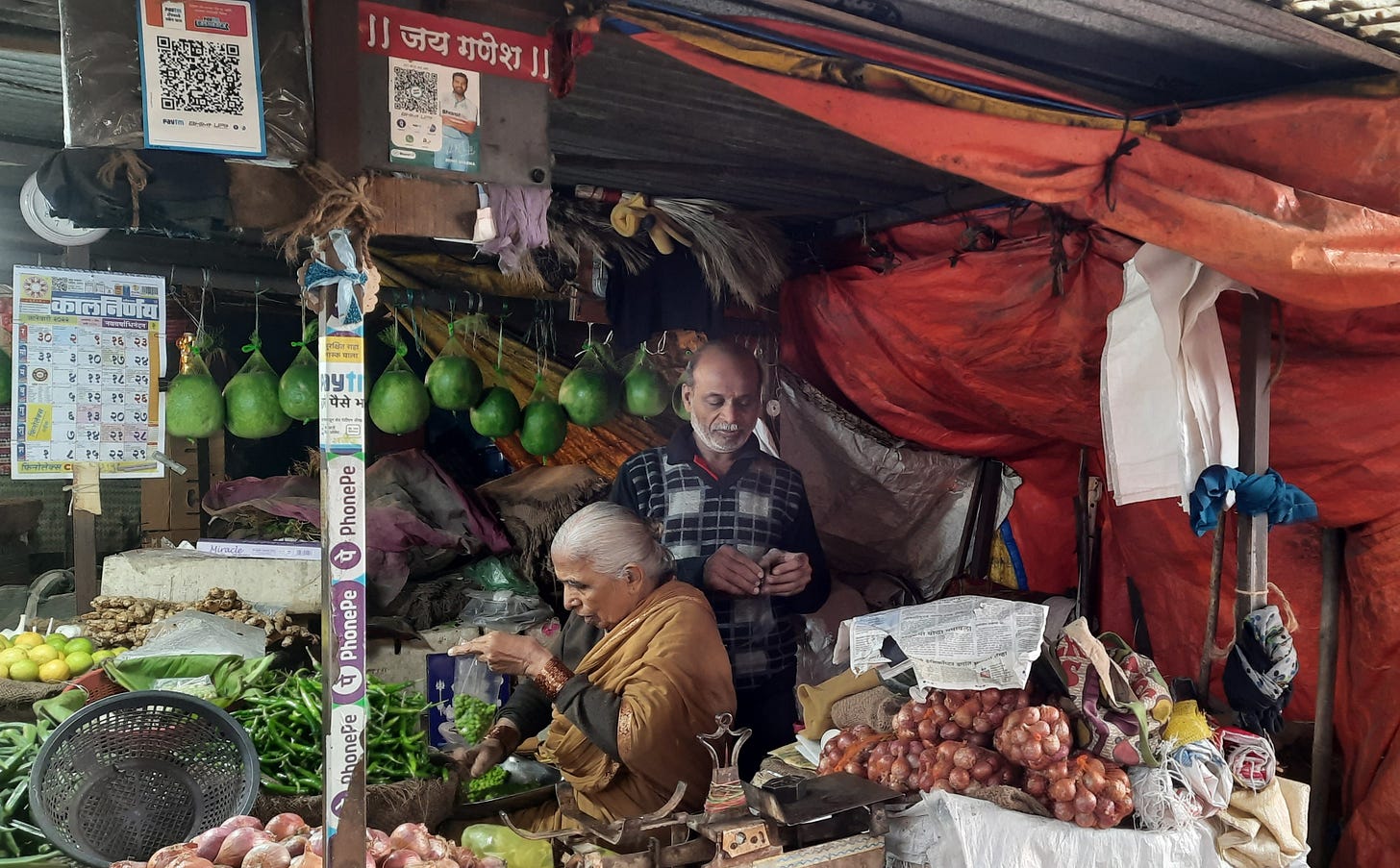Financial inclusion by market, not mandate!
India seems to be slowly leaving behind the era of “financial inclusion by mandate”- with the basic banking and digital infrastructure in place, market forces are kicking in. Retail deposits are reportedly rising faster in rural and semi-urban locations and private sector banks are picking up on this opportunity, expanding branches in locations that were off their radar before. Our analysis of RBI data shows that in recent years, private banks have accounted for more than half the branches opened in rural and semi-urban areas - their share used to typically be less than a quarter a decade ago when nationalized banks were doing all the heavy lifting.
Interestingly, in the UPI ecosystem, the NPCI seems to be trying another way to reduce the concentration risk as the 30% cap on market share has not played out as expected. A new product UPI Plugin or merchant software development kit allows online merchants to add a virtual payment address to collect money without a payments app. Obviously, wide adoption of this could hit UPI market leaders PhonePe and GooglePay and Anand J has covered all sides of the issue, including possible barriers to quick adoption e.g clarity on compliance, legal contracts, investment etc. Using product innovation towards more competition is much better than trying to implement a market share cap.
Indians are getting comfortable on the digital mode – UPI is hitting 9 billion transactions per month with value crossing INR 15billion in July and NPCI aims to cross a billion transactions a day within the next two-three years. In recent interviews, Praveena Rai and Dilip Asbe have expanded on the way forward for UPI.
There is quite a bit of action on the ONDC (Open Network for Digital Commerce) front too, which has been hailed to be the UPI for ecommerce. ONDC, which had started pilots in six cities last year, now reports traction from 620 cities with activity zooming to 95,000 to 100,000 transactions per day. More small businesses are integrating with the system and plans are also on with the RBI to finalize modalities of distributing financial products on the ONDC channel.
Business correspondents are also looking to plug into the ONDC network as one of the additional value add services they can deliver beyond basic cash transactions. The Business Correspondent Federation of India is looking to revamp the BC model and has reached out to the Department of Financial Services at the Ministry of Finance to set up an India Business Correspondent Equity Fund towards capacity-building inputs to BCs. The BC network has been depending on revenue from cash transactions, largely through the AePS (Aadhaar-enabled Payment System). There are two challenges on expanding this stream of revenue – one, as UPI adoption increases, cash transaction business is expected to be impacted even in rural areas and second, AePS transaction failures continue to be a problem for corporate BC networks. Hence, the BCFI move towards capacity building for diversification of business that will ensure a healthy BC network across the country.
Finally, we end this newsletter with a landmark legislation- the Digital Data Protection Bill was passed by both houses of the Parliament, bringing to closure the legislative and consultative process that had kicked off in 2017 when the Supreme Court held privacy to be a fundamental right. As Rahul Matthan wrote, India’s digital footprint is “already as deep as it is wide” and we cannot afford to carry on without a data protection law, the Bill is a welcome first step and the law is expected to evolve from here on. Read Kanika Saxena’s roundup of views on the Bill from across the spectrum pointing out the good and the bad. While companies are bracing for the implications on compliance, Aparajita Srivastava and Sreenidhi Srinivasan have unbundled what the Bill means for fintech.
****
Do follow our Indicus Centre for Financial Inclusion page on Linkedin to continue the conversation. Read on here for more of the latest news and views on financial inclusion in India, thanks!
CGAP has brought out a comprehensive reading deck as guidance for supervisors on social media monitoring to assess consumer risks in digital credit apps. The insights are based on an India pilot.
Sahamati and IDEO Last Mile Money have collaborated to design a customer-friendly consent flow for Account Aggregators.
Mary Ellen Iskendarian and Kalpana Ajayan, Womens World Banking give their views on the path to financial inclusion for women.
RBI Deputy Governor, M. Rajeshwar Rao, spoke on “Climate Implications for Central Banking” at a conference organized by IMF and Centre for Social and Economic Progress.
Peter Knaack and Peter Zetterli, CGAP, have written a Working Paper giving the regulatory perspective on climate risk and financial inclusion.
Manvi Khanna, Vidhi Centre for Legal Policy writes on India's DPI journey with four takeaways for the path ahead.
Abhishek Sharma writes on why MSMEs prefer NBFCs to banks for their credit needs.
Protean and PayNearby collaborate towards an ONDC-based credit marketplace.
Dr Ravi Modani, 121 Finance Pvt Ltd. writes on the sachetisation of loans for MSMEs.
SIDBI(Small Industries Development Bank of India) is launching an NBFC Growth Accelerator Programme in partnership with GAME - Global Alliance for Mass Entrepreneurship
Binu Paul, Business Today covers the results of ‘FinTech - India Semi Annual Funding Report - H1 2023’, a study by Traxn Inc.
Eda Dokle and Chantelle Macey, Center for Financial Inclusion (CFI) report the results from a study done on the fintech funding landscape, giving four key trends.
Ravi Teja Bommireddipalli, Robosoft Technologies spells out five key takeaways for global fintech from India's success with digital adoption.
Ranadurjay Talukdar, EY writes on the move by Reserve Bank of India (RBI) to allow credit lines through UPI.




